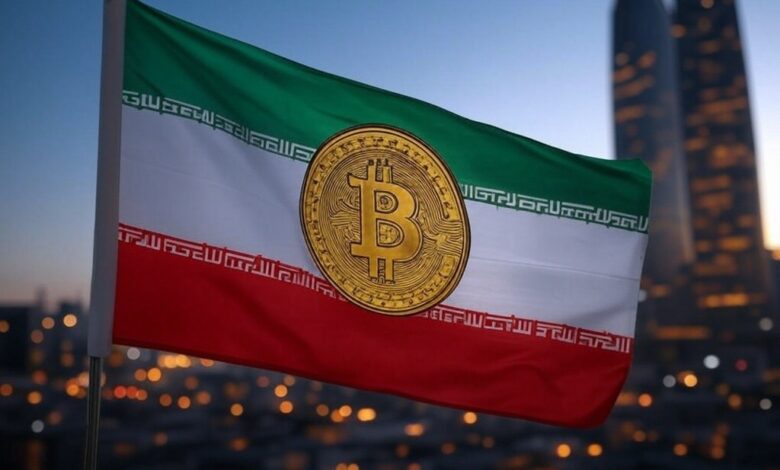As Iran’s Ayandeh Bank Collapses, Bitcoin’s Founding Message Rings True Again

When Ayandeh Bank, one of Iran’s largest private lenders, collapsed this week under nearly $8 billion in losses and debt, it sent shockwaves through the country’s fragile financial system.
More than 42 million customers have seen their assets transferred to the state-run Bank Melli, after the Central Bank of Iran failed to orchestrate a rescue.
For many observers, the story feels uncomfortably familiar, and eerily aligned with the warnings embedded in the earliest pages of cryptocurrency history.
In 2009, Bitcoin’s creator, Satoshi Nakamoto, etched a message into the digital coin’s first block, a timestamped headline from The Times of London: “Chancellor on brink of second bailout for banks.”
It was both a historical marker and a statement of intent. Satoshi’s innovation was, in part, a response to the recurring failures of traditional finance: institutions that gamble with depositor money, rely on state bailouts, and leave ordinary people exposed when the system cracks.
Fifteen years later, Ayandeh’s downfall serves as a fresh reminder of that fragility.
A Banking Meltdown and Its Aftermath
Ayandeh’s collapse follows years of mounting bad debt and mismanagement, worsened by economic sanctions that isolate Iran from global financial networks and limit access to foreign reserves. The Central Bank’s last efforts to stabilize the institution failed, forcing regulators to dissolve the bank and merge its operations into the state-controlled Bank Melli.
While officials have promised that customer deposits are safe and accessible, the incident has shaken public confidence in Iran’s private banking sector, a system already under immense strain from inflation, currency devaluation, and liquidity shortages.
Earlier this year, the Central Bank warned that eight more banks could face a similar fate if they fail to reform their balance sheets and governance structures.
Banking Crises as Catalysts for Bitcoin
Each major banking failure seems to rekindle the question that inspired Bitcoin’s creation: What happens when trust in banks erodes?
The collapse of several U.S. regional banks in 2023, including Silicon Valley Bank, Signature, and Silvergate, triggered a brief but dramatic surge in Bitcoin’s price, from under $20,000 to nearly $30,000 in a matter of weeks, as depositors sought alternatives outside the traditional system.
Similarly, the Iranian crisis is stirring renewed debate about decentralized finance in economies where banks have become instruments of political control and chronic mismanagement. Though crypto trading in Iran operates under strict limitations, platforms such as Nobitex have given citizens a digital outlet, even after suffering major setbacks, including an $81 million hack earlier this year.
A Reminder from the Genesis Block
Satoshi’s embedded message wasn’t just a critique of the 2008 banking crisis, it was a permanent record of disillusionment with centralized finance.
The fall of Ayandeh Bank, and the millions now waiting for the state to secure their deposits, highlights how little has changed since that moment.
With nations like Iran to the U.S. grappling with failing banks, bailouts, and economic instability, Bitcoin’s original purpose, a peer-to-peer financial system immune to institutional collapse, feels more relevant than ever.





